ALIFE 2018 | The 2018 Conference on Artificial Life
ALife Art Award 2018
The ALife Art Award is the only art award in the world for Artificial Life (ALife).
We are calling for various kinds of artworks that inspire new ways of thinking about life. The theme is “BEING THERE.” The entry period is until July 1 (UTC-12)
Award-winning artwork will be exhibited at the National Museum of Emerging Science and Innovation (Miraikan) in Tokyo, Japan, where the 2018 Conference on Artificial Life (ALIFE 2018) is held on July 22nd - 27th, 2018.
THEME
Artificial Life (“ALife”) is a field of research that explores the principles of phenomena associated with living systems such as the origin of life, autonomy, self-replication, self-organization, and evolution.
The art award was established because we believe that the arts will bring new perspectives to ALife research. The arts can show us the exceptional or singular structures and phenomena, which could be overlooked in the scientific pursuit of reproducibility.
The theme is “BEING THERE,”, the presence of life. Everyone can feel the differences between life and non-life. How does this feeling come about? It might not be through the appearances, but through autonomy (which is a characteristic of the life behind it), or through the mind (which emerges from it).
We expect entries of interactive art, and place no limits on the media of expression or the subject matter, as long as the entries comply to the general limit as set out above, and the submission guidelines detailed below.
JURY

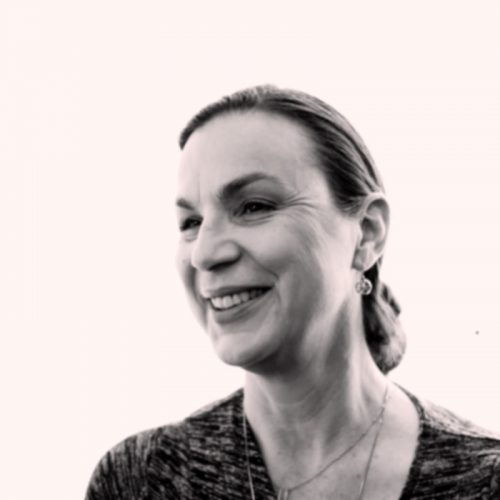
With her installations she investigates how communication technologies affect collective behavior and perceptions of identity shift in relation to scientific innovation (PhD, University of Wales, 2000). Her work involves long-term collaborations with composers, nano-scientists, neuroscientists, evolutionary biologists and she brings this experience to students.
Victoria has exhibited her work in 20+ solo exhibitions, 70+ group shows, has been published in 20+ papers and gave 100+ invited talks in the last decade. She is the North American editor of AI & Society and in 2007 published an edited volume - Database Aesthetics: Art in the Age of Information Overflow (Minnesota Press) and another in 2011 — Context Providers: Conditions of Meaning in Media Arts. (co-edited with Christiane Paul and Margot Lovejoy). Intellect Press, 2011.
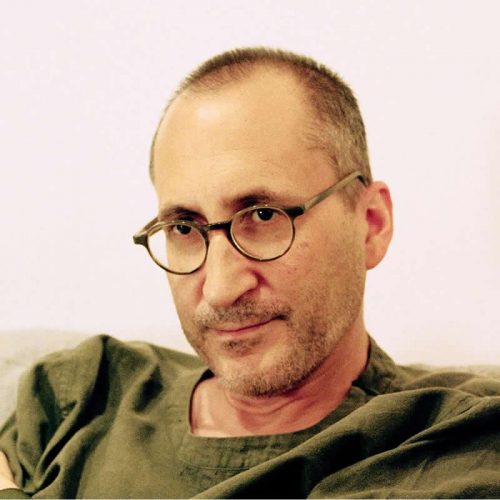
He was visiting professor in music, graduate studies and digital media at Brown University and the Rhode Island School of Design (RISD) before joining Concordia University’s Faculty of Fine Arts in 2005. He was also Guest Professor at the KhM in Cologne in 2010 and Guest Faculty at the Masters program in Media Arts History. Institute für Bildwissenschaften. Donau University. Krems, Austria. October 2011. He was appointed Director of Hexagram-Concordia in 2011.
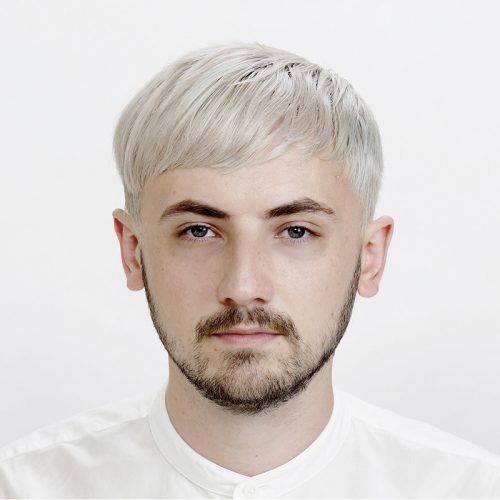
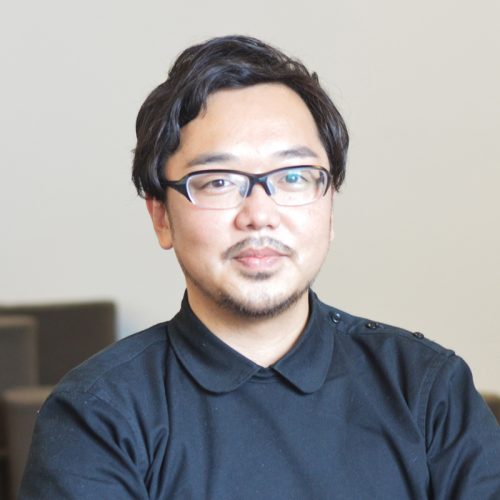
Engaging in concept design, creative direction, project production, and business development in art, science, and the cultural field. In 2011, he founded the design firm VOLOCITEE Inc., which specializes in community design and management. The same year, to provide ideas of value both to children who will shape the future, as well as the people who will nurture the environment for those children, he obtained a license from TED to begin a TEDxKids program in Japan. In 2014, he started Japan's first Art Hack Day hackathon, which focuses on sharing the value of artists with society as a whole. In 2016, he served as producer for The TEA-ROOM, a group of artists working with a master of tea ceremony Soryo Matsumura of the Urasenke, to discover new ways of experiencing the Japanese tea ceremony. Also, he was the producer for the research project TAICOLAB, an exploration of new ways to experience music, conducted in conjunction with the outdoor music festival TAICOCLUB. The same year, in conjunction with Takashi Ikegami, a professor in the field of complex science and artificial life at the University of Tokyo, and Mizuki Oka, an associate professor in the field of web science at Tsukuba University, he founded ALIFE Lab., a community designed to explore ways to apply the theories and technology of Artificial Life (ALife) to benefit society. In the following year (2017), with the same members, he founded Alternative Machine Inc., a company that develops a bio-inspired artificial intelligence and robot software.
AWARDS
Grand Prize
The following benefits will be given to the winner.
- The exhibition of the award-winning artworks during ALIFE 2018
with up to 500,000 yen in production costs - A trophy
- An invitation to ALIFE 2018 (free of charge)
- Participation in the awards ceremony on July 25th.
Special Jury Prize
The following benefits will be given to the winner.
- The exhibition of the award-winning artworks during ALIFE 2018
with up to 300,000 yen in production costs - A trophy
- An invitation to ALIFE 2018 (free of charge)
- Participation in the awards ceremony on July 25th.
Honorable Mention
The following benefits will be given to the winner.
- The photo or video exhibition of the artworks on the iPad Pro during ALIFE 2018
- An invitation to ALIFE 2018 (free of charge)
- Participation in the awards ceremony on July 25th.

SUBMISSIONS
We are looking forward to seeing various types of artworks that make us change our understanding of life.
Please submit your artwork by e-mail after checking the submission guidelines, submission format, and exhibition format.
(The submission is now closed)
Please note that details of the award‐winning artists and their works will be posted on our website and social media, etc.
Important Dates
- Submission: May 14th – July 1st (UTC-12)
- Announcement: July 7th
- Setting-up: July 19th – 21st
- Exhibition: July 22nd – 27th
- Ceremony: July 25th
Organizer
- ALIFE Lab. (Host of ALIFE 2018)
- Itsuki Doi (Art Chair of ALIFE 2018)
Submission Format
- An abstract describing the artwork (PDF file, maximum 2 pages, no restriction on the format of the content)
- A media file (movie/sound file, etc.) showing the content of the exhibition should also be submitted.
- All materials should be submitted by e-mail.
- A media file should be sent by specifying a link to it in the e-mail.
Exhibition Format
- Artworks that win the Grand Prize and Special Jury Prize will be exhibited in a 100㎡ studio (with production costs support)
- Each artwork that wins an Honorable Mention will be displayed on iPad Pro prepared by organizers.
PRIZE WINNER
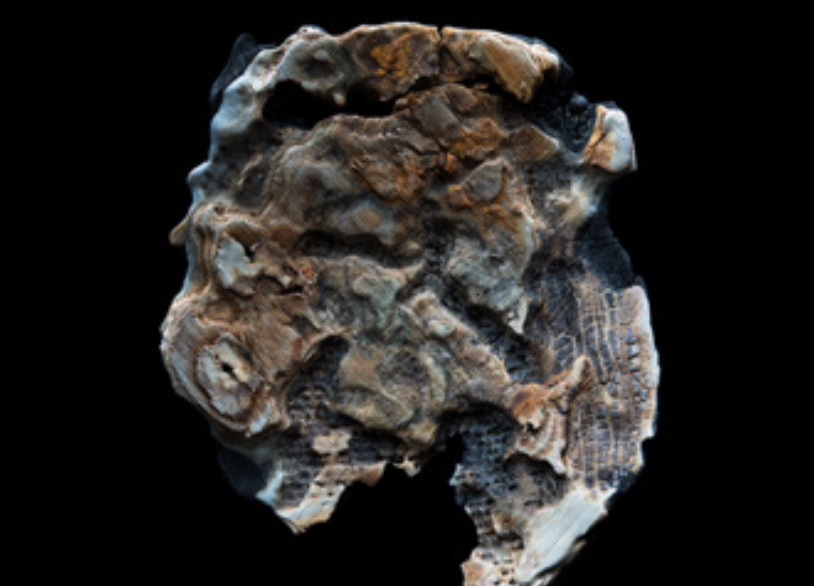
Olivia Guigue / TAMESIOLOGY
Tamesiology is a long term project studying the geology of the Anthropocene: this new geological era where human activity and industrialisation are influencing the ecosystem as well as the geological formation.
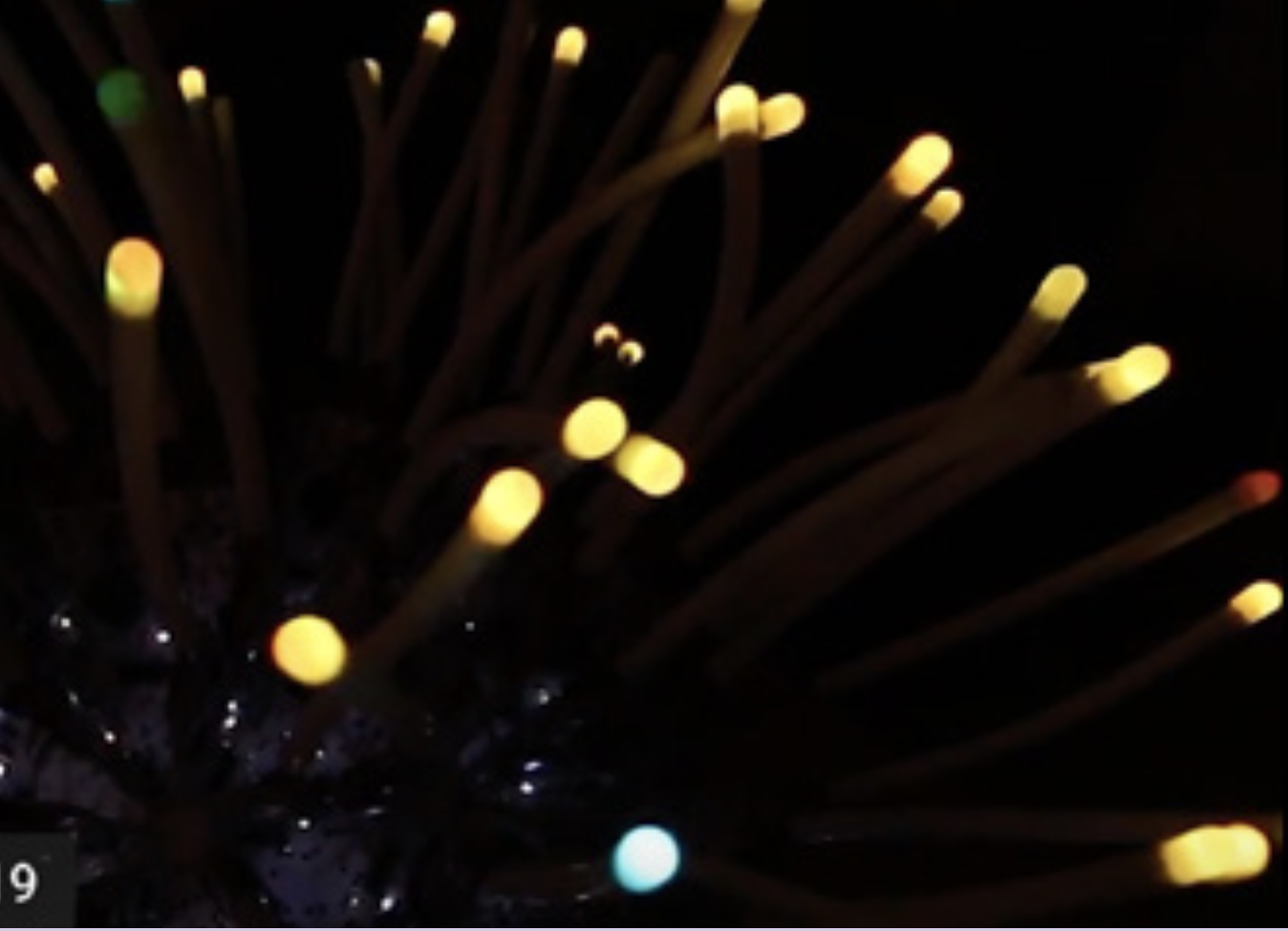
Akira Nakayasu: Tentacle Flora
The Tentacle Flora system is composed of a total of 72 actuator units and made it possible to precisely control actuators using a distributed processing system.
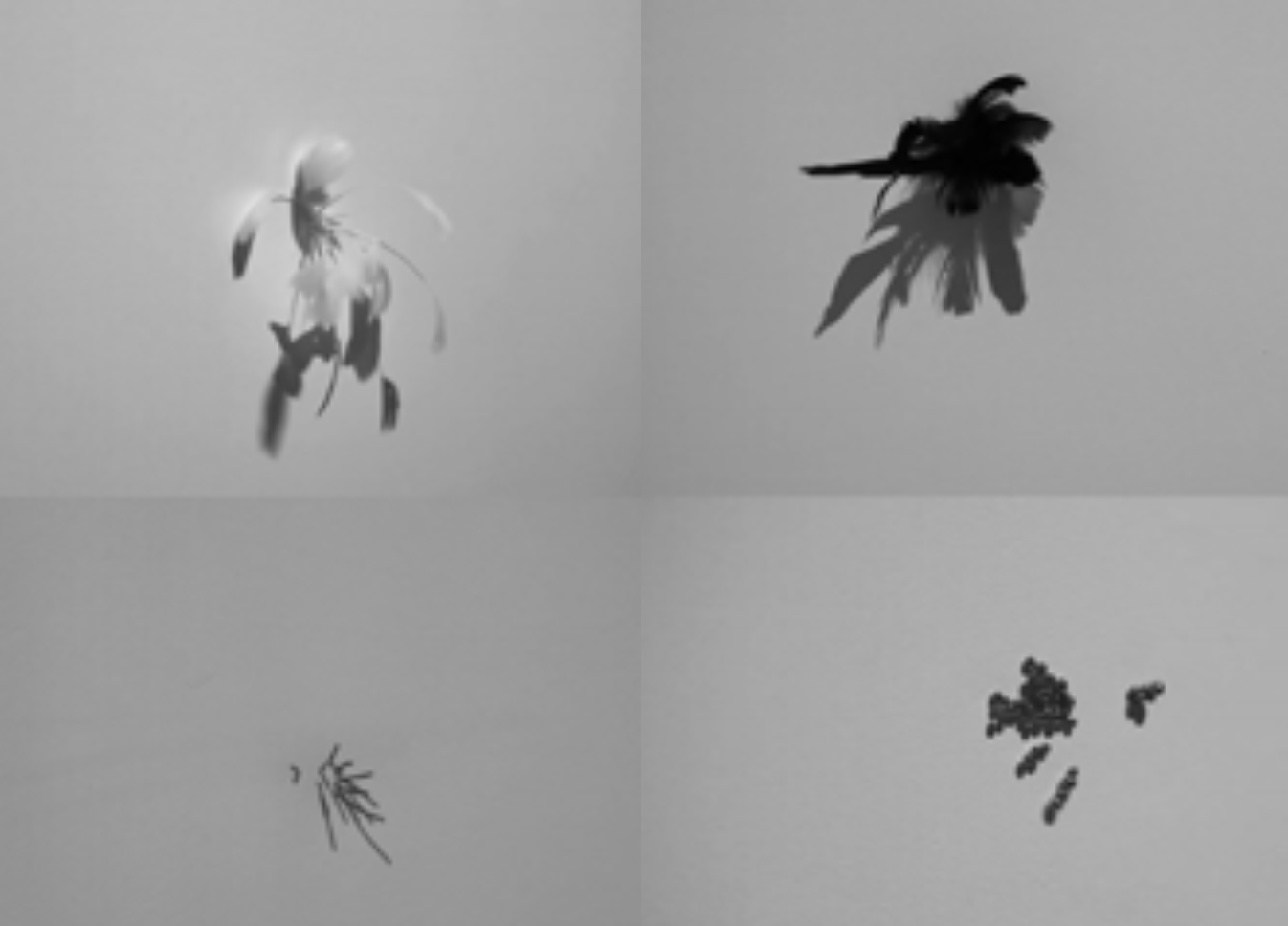
anima: Moment of Perception
It falls away and loses its shape as soon as it detects people approaching, going into hiding. The shape disappears before the observer can view its presence.
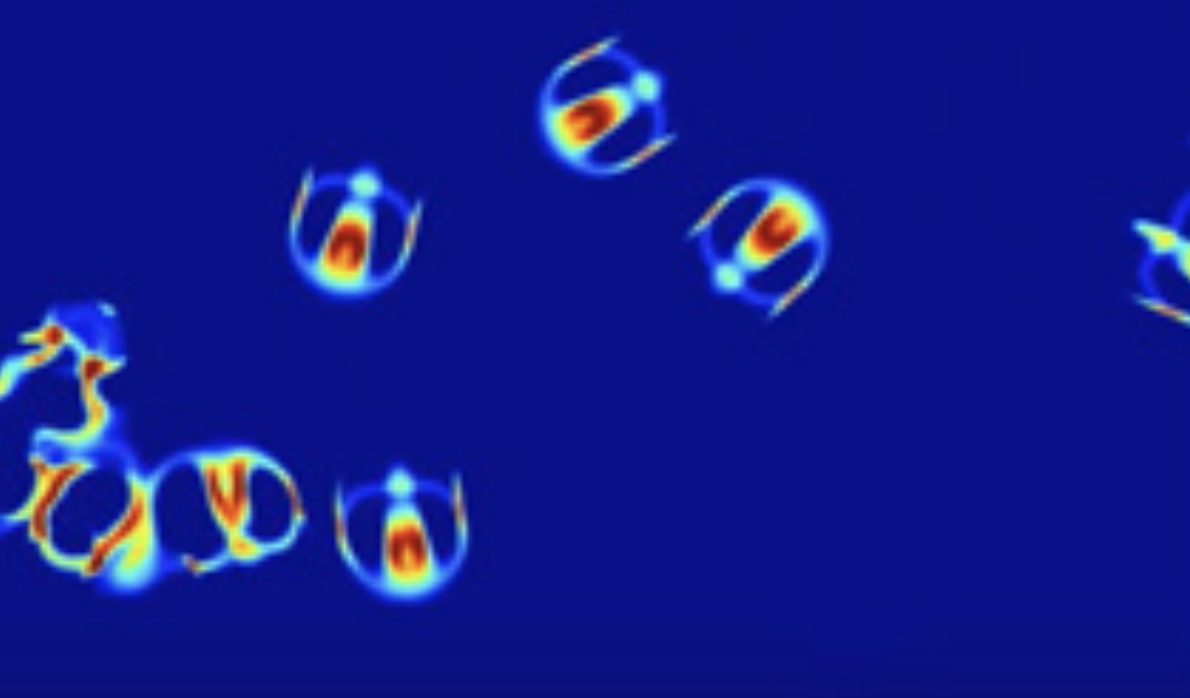
Bert CHAN: Wang-Chak Lenia
Lenia is distinguished by being a continuous CA possessing analogous life forms. The states of cells are continuous (real numbers instead of 0/1), and the space-time is continuous (infinite neighborhood, infinitesimal transitions), meaning that Lenia can be examined with arbitrary precision, scale and speed.
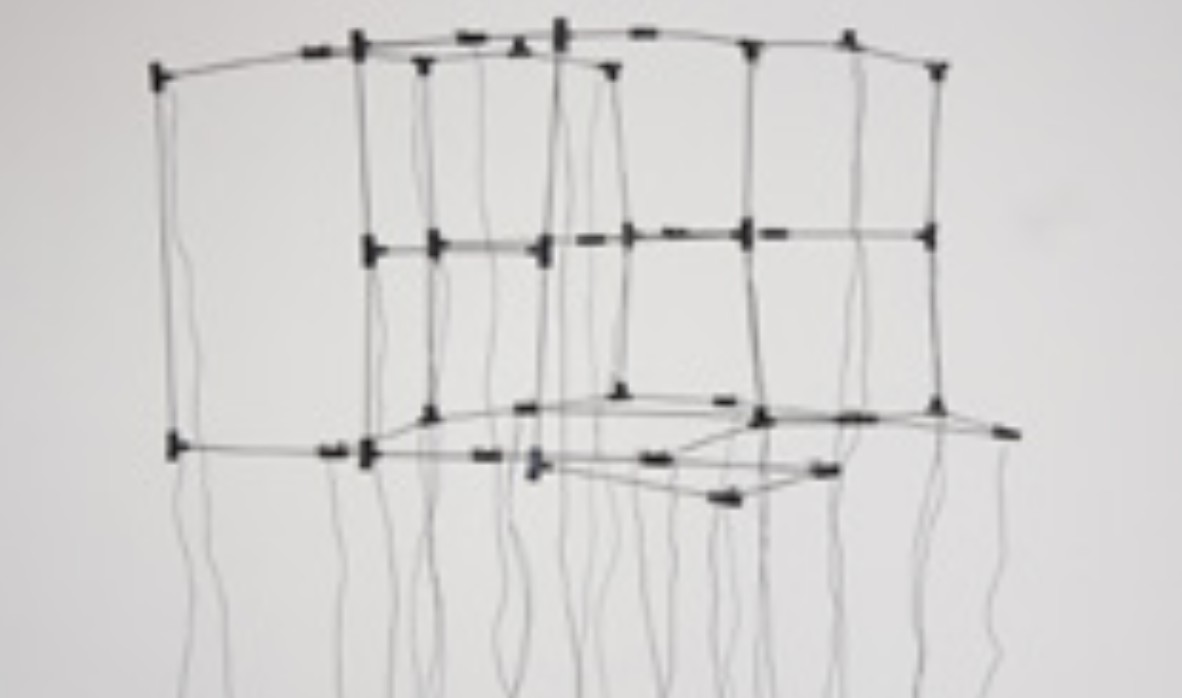
Lotta Stöver: Mutiertes L-System
Mutiertes L-System is the physically grown L-System-Algorithm. From a software origin, it migrates into the physical world. By mutating and developing architectural structures it adapts to its new spatial environment.
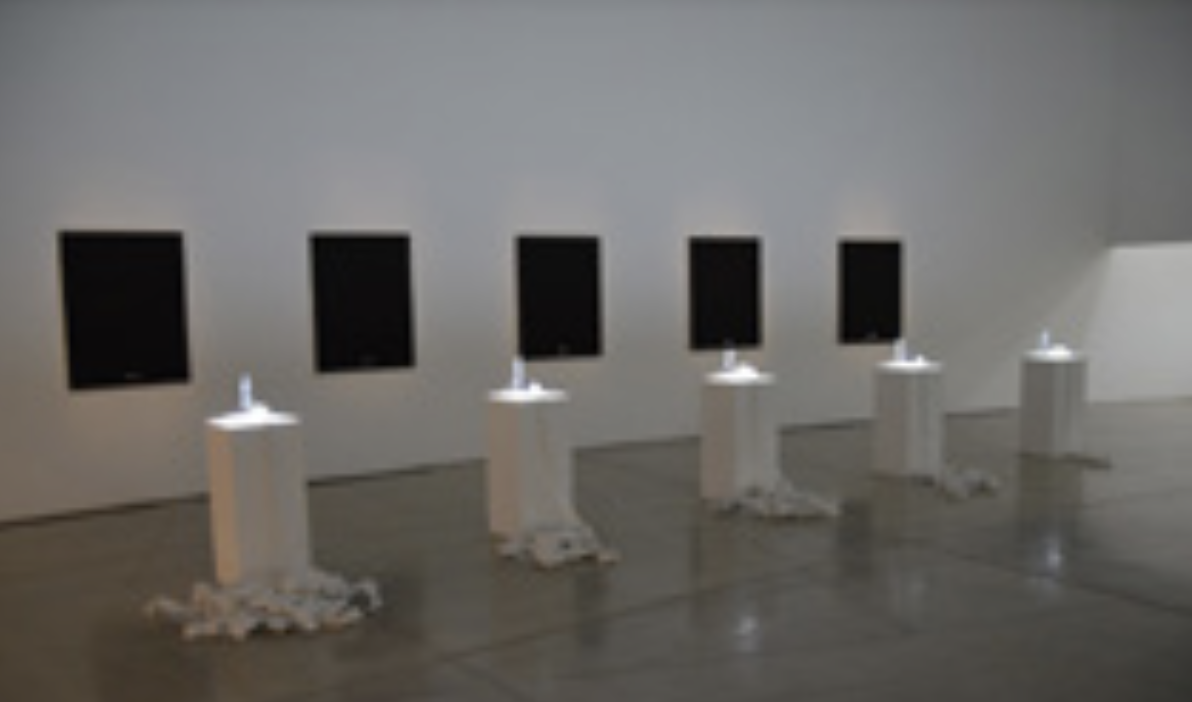
Georg Tremmel: Black List Printer BLP-2000A
A DIY DNA Printer that only prints the forbidden, potentially harmful DNA Sequences.
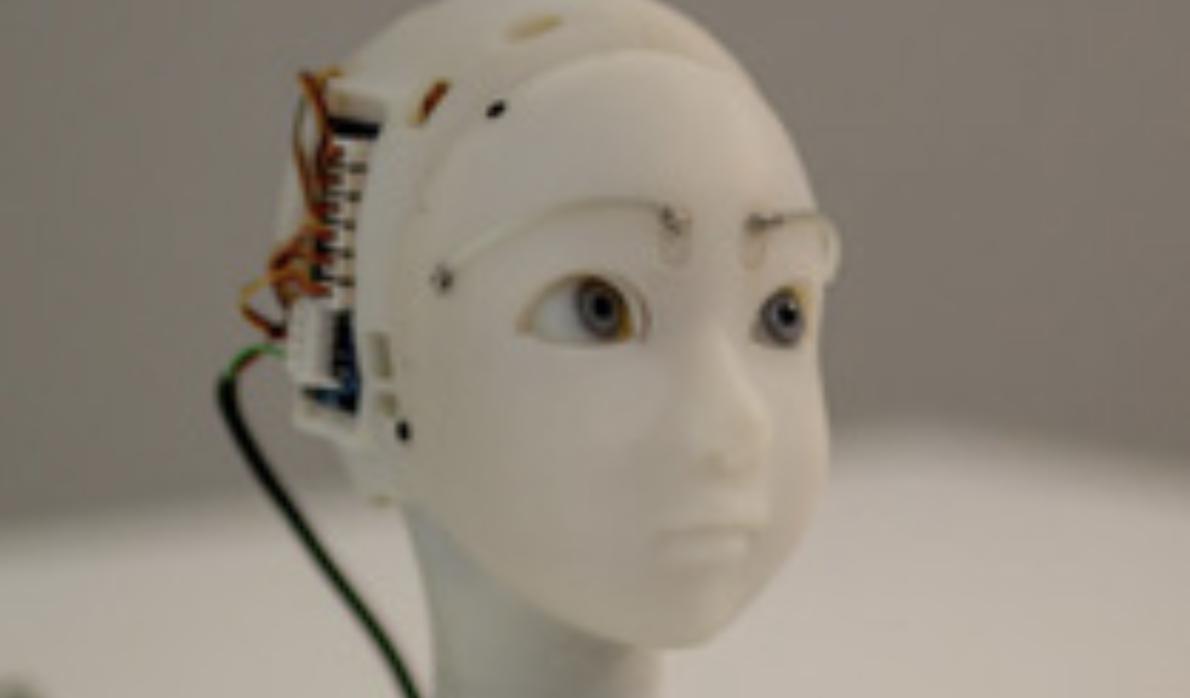
Takayuki Todo: SEER
“SEER” is a compact humanoid robot developed as results of deep research on gaze and human facial expression.
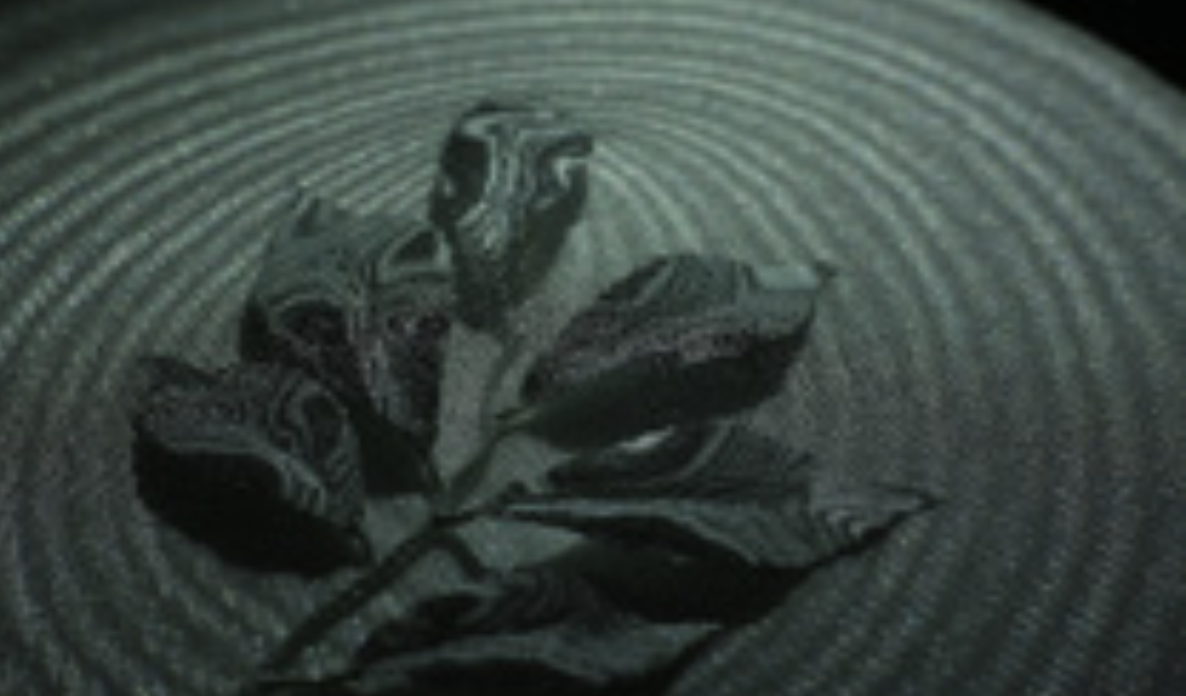
Show Kawabata x Takuto Usami: Noise;nse
It is possible to appreciate that the noises differ for living plant-life and artificial substances.
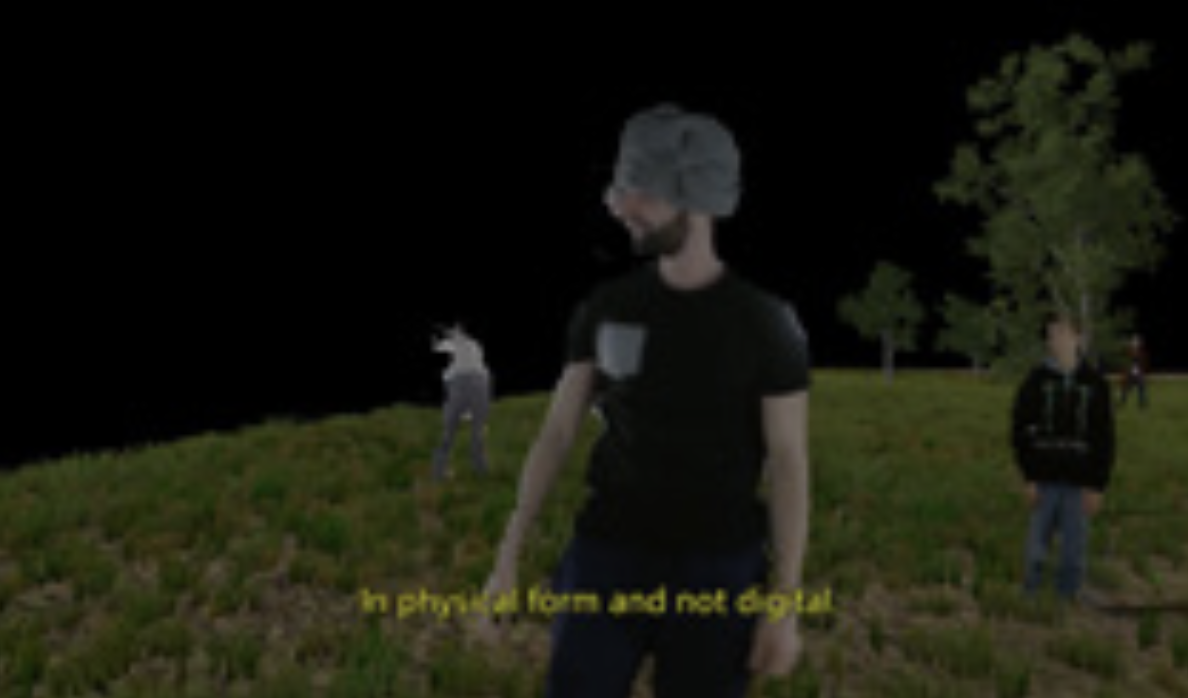
Nina Wesemann + Daniel Hengst: MY LONESOME HOLOGRAM
It is an interactive, virtual-reality installation. The installation becomes a space for personal experimentation and exploration of our artificial self.
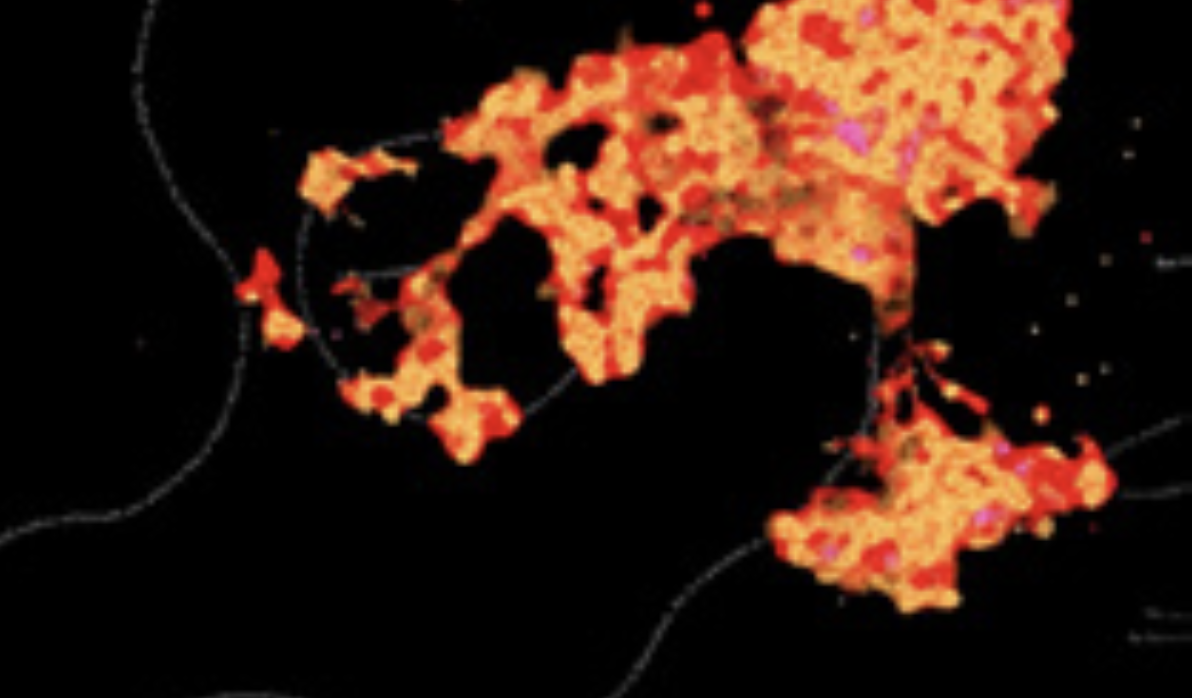
Cruz, Pedro: Ego-altruist society:
White lines, rendered as text, deposit energy in the environment. The agents (either egotists or altruists) can absorb energy when they overlap these lines.
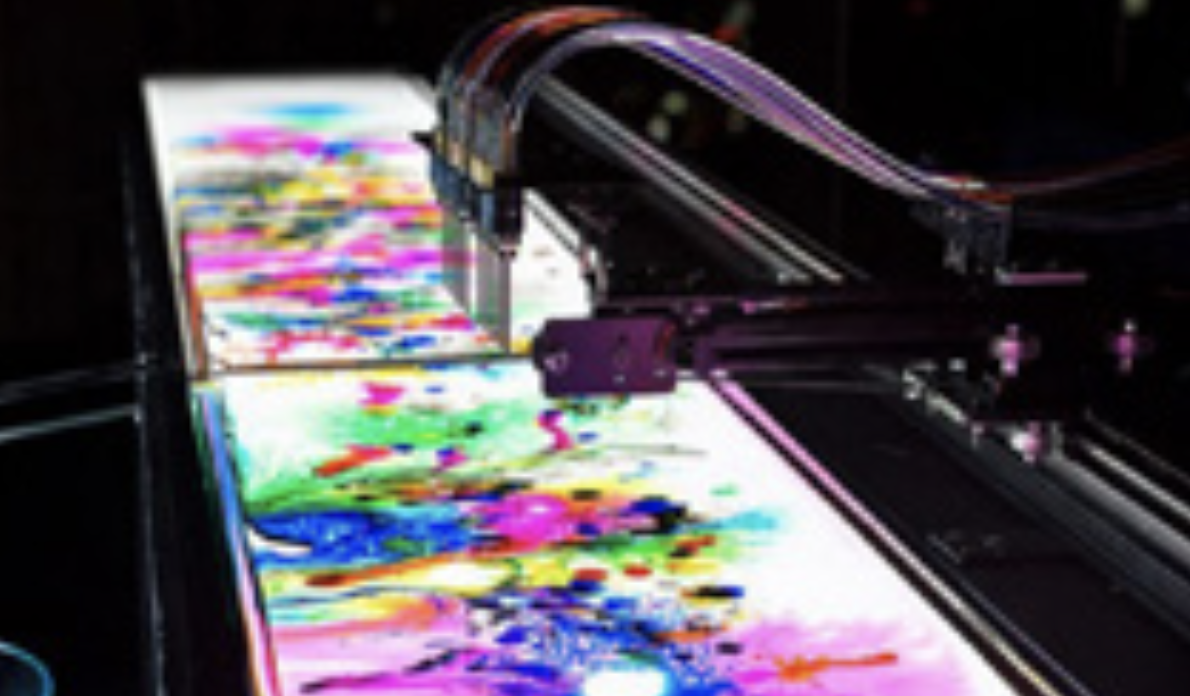
nor: dyebirth
The Installation that constantly creates organic patterns through digitally controlled physical phenomena produced by mixture of water, ink and chemical substances.
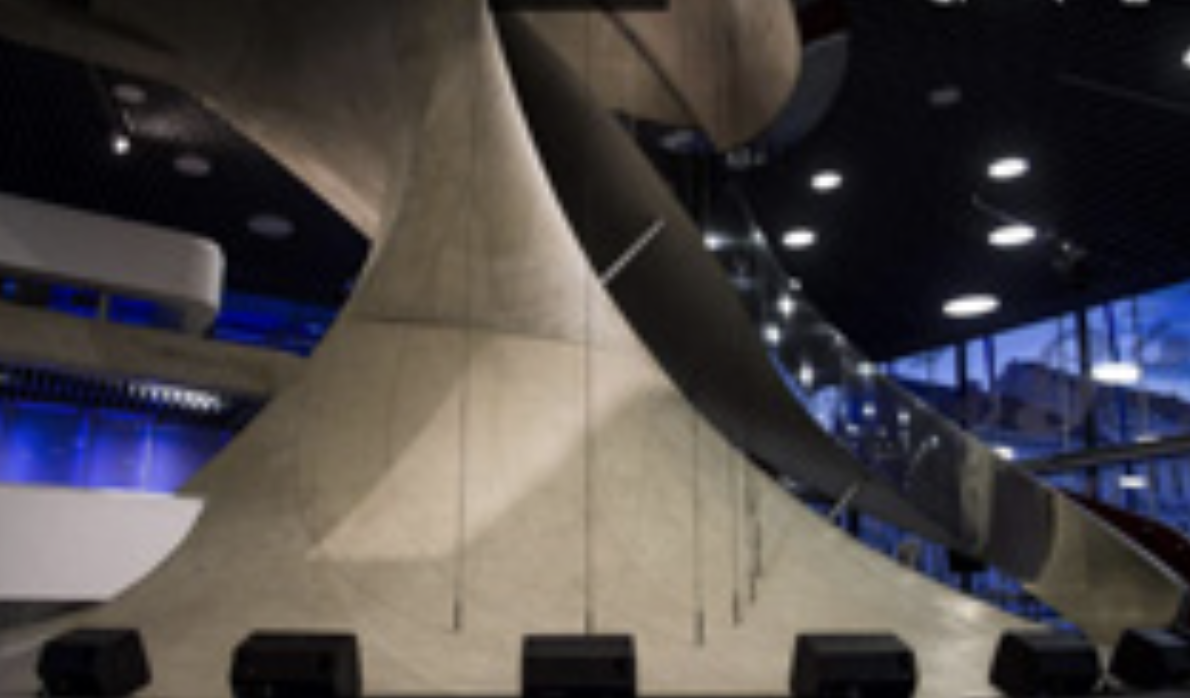
KOSMAS GIANNOUTAKIS: SONIC CURRENT
Sonic current is a site-specific sound installation that transforms architectural locations into “sonic conscious” organisms. The transformation of
the site into a body, with its sense organs (microphones) and actuators (loudspeakers), enable the site to articulate and manifest itself in an open dialogue with its visitors.